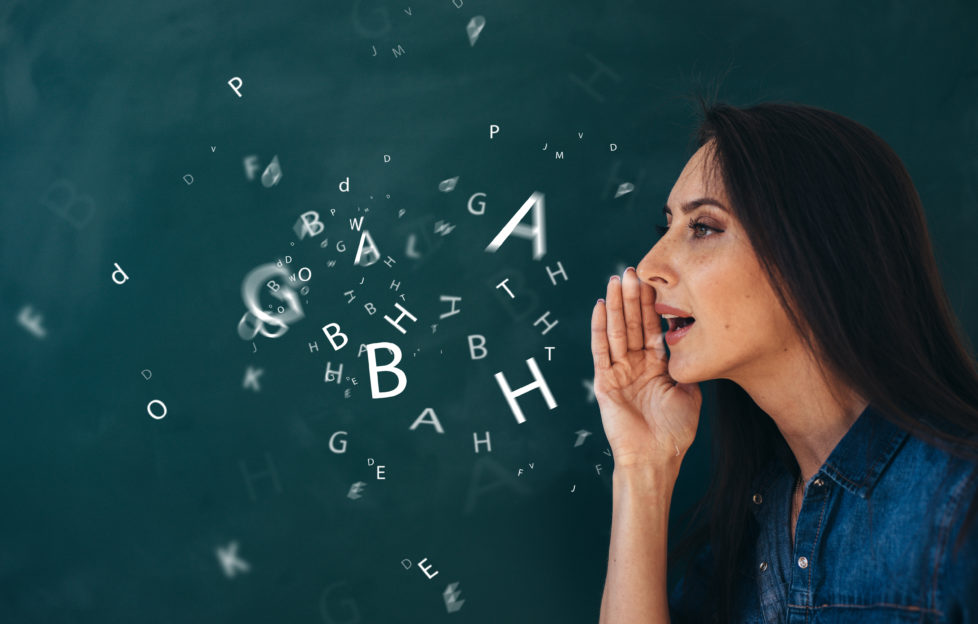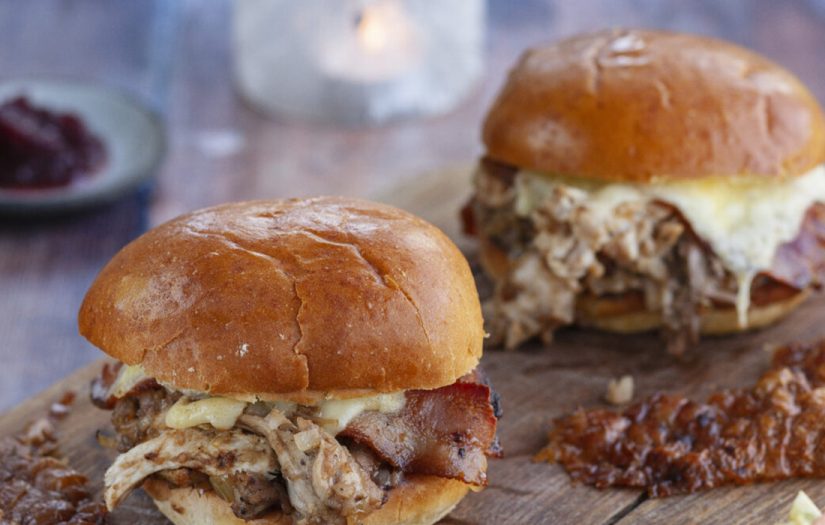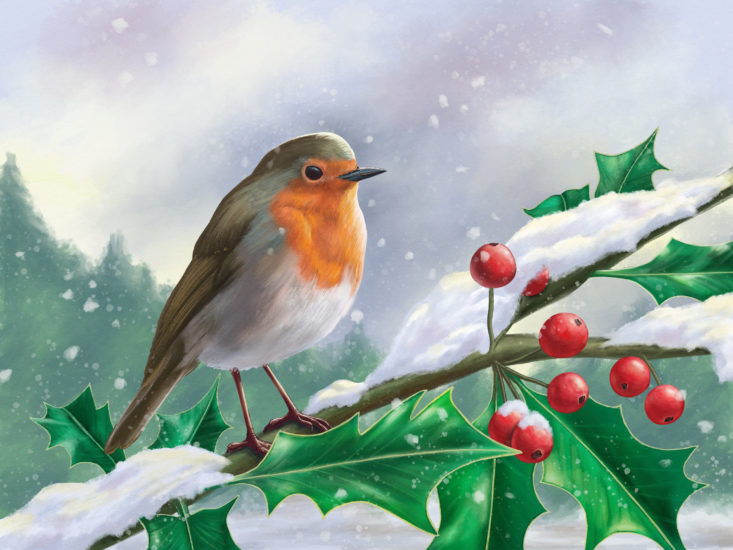
As I’ve mentioned before in my Editor’s Diary, for most of this year I’ve been attempting to learn Gaelic.
It’s a language that has long intrigued me.
In Scotland, we see it regularly on road signs and notices, especially in the Highlands and islands. But to my shame, I knew nothing about it.
I didn’t even have the faintest idea how to pronounce the words!
Not good enough — especially as I’ve been visiting the Hebrides regularly for years.
Of course, I did nothing about it for long enough. But then a handy app called Duolingo came along. It was free to use, and promised to make learning a language easy. And one of the languages it offered was Gaelic.
I decided to take up the challenge. For months now, I’ve completed a five-minute Gaelic lesson every day.
And, as promised, I have found the app easy and fun to use.
I’m still not very good at Gaelic. My understanding of the grammar is sketchy, and my pronunciation pretty dire. But what do you know — I’ve already learned over 1,000 new words.
I’m very happy indeed with that.
Words like “sgoinneil“ (brilliant), “charaid” (friend) and “tapadh leibh” (thank you) are fun to say, and reasonably useful to know.
Less so, perhaps, are “guga” (salted gannet, a traditional island delicacy from the past) and “Niseag” (the Loch Ness Monster).
Several of the words and phrases taught reflect particular aspects of Highland culture and customs. There is a lot of mention of “ollaimh” (professor) and “caora” (sheep).
Others are of less obvious use or relevance.
I’m hoping I never need to use “seall, tha mo thon reoite” (look, my buttocks are frozen)!
Lockdown permitting, I am off to South Uist for a holiday later this year.
Will I be brave enough to try out my new language skills? I will let you know!
For more from Angela’s Editor’s Diary, click the tag below.
To take a look at some of the fantastic features you’ll find in the “Friend”, click here.




